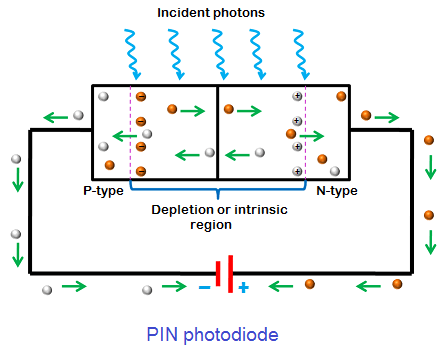Photodiodes: Principles, Applications, and Future Trends

About Course
In an age where light powers not only our homes but also our communication, security, medical diagnostics, and research systems, understanding photodiodes is essential. This course offers a deep dive into the world of photodiodes—devices that transform light into usable electrical signals—and explores their expanding role in today’s technology-driven society. From foundational physics to cutting-edge applications in quantum communication and optogenetics, this course takes learners on a comprehensive journey through theory, design, and innovation.
Whether you’re an aspiring engineer, researcher, hobbyist, or professional, you’ll gain practical knowledge and hands-on insights to design, analyze, and troubleshoot photodiode-based systems. You’ll even explore futuristic topics like nanophotodiodes and quantum information applications, making this course not just informative but also inspiring. Join us to unlock the full potential of photodiodes and learn how to apply them creatively across industries and disciplines.
Course Content
Introduction
Brief overview of photodiodes and their significance in modern technology.
00:00Explanation of the purpose and structure of the ebook.
00:00